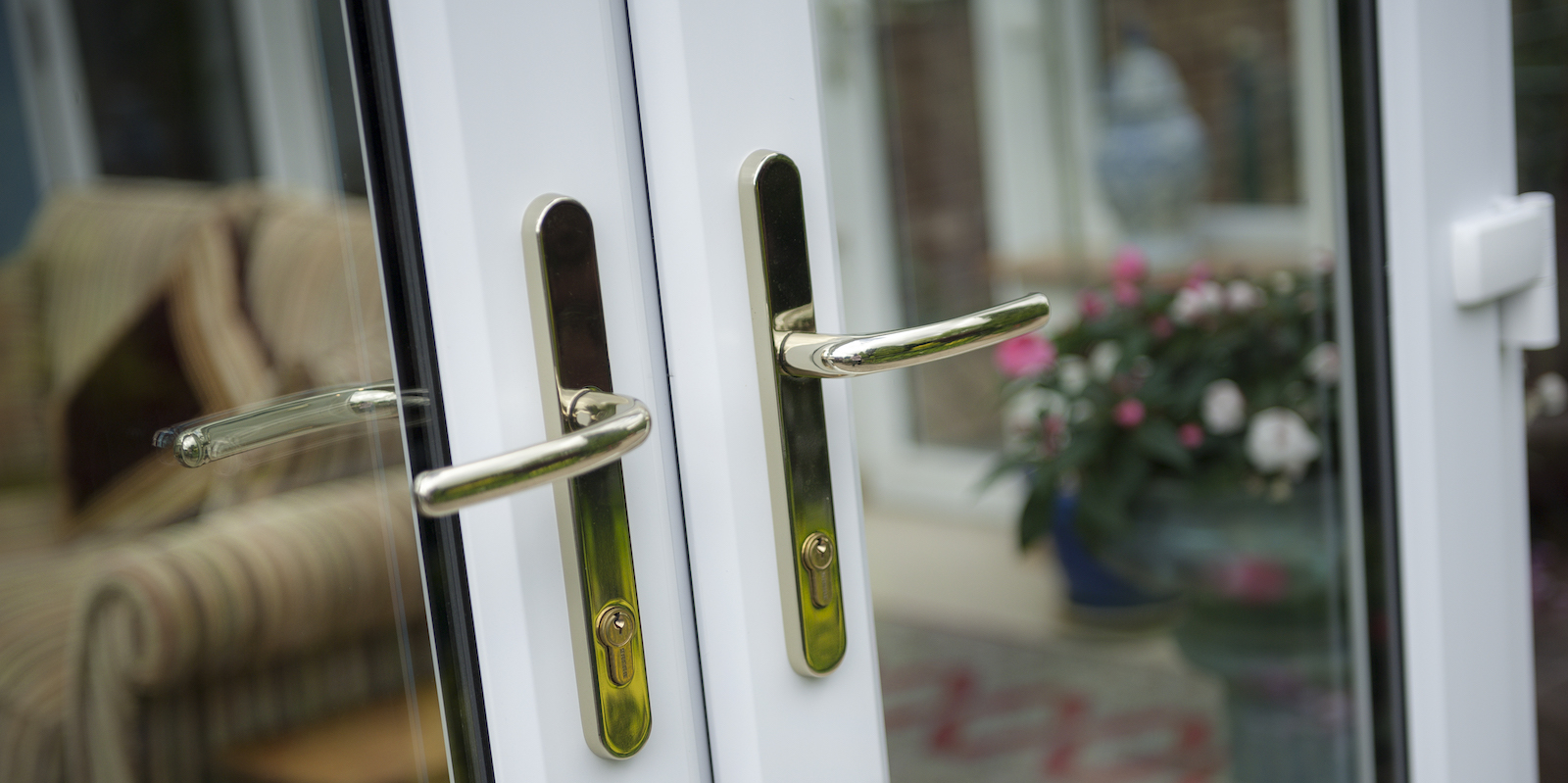Choosing a French Door Threshold Replacement
Thresholds fill in gaps at the bottom of doors and provide protection against the elements of water, draughts and insects all through the all the time. A lowered threshold also provides the safety of pushchairs and wheelchairs and connects indoor and outdoor spaces.
When advising your customers on their french door threshold options it is essential to be aware of the different options that are available.

Weathered
The threshold of an external door is a crucial element of any door system, offering protection from the elements as well as seamless transition between outdoor and indoor space. It is crucial to find the right balance between security and fashion when selecting the threshold for your external door system. While they are essential to protect your home from weather thresholds also play a vital role in ensuring the safety of the user. visit the up coming article help prevent tripping and also limit access for those with mobility issues. As a result, there are several threshold options to choose from for customers to select the most appropriate one for their home.
A threshold that is weathered is a fantastic option for exterior doors, as it provides exceptional weather protection and also creates a solid barrier to keep water, wind and draughts out. This type of threshold can be set back into the floor to leave a 14mm upstand, minimising the risk of tripping and creating an effective seal against the elements. Weathered thresholds should be used for all doors that are external, as they offer greater security against weathering than other types of. However, the higher height of thresholds that are weathered could make them unsuitable for some users, especially those using pushchairs or wheelchairs.
Unweathered thresholds are usually lower in height, with some just a few millimetres higher than the ground, which means they are less likely to create any tripping risks. They can also provide a seamless transition between indoors and outdoors, allowing the two to be connected in a way that is both accessible and open. They might not provide the same level of weatherproofing as a weathered alternative, but they are perfect for homeowners looking to enhance the look of their home without sacrificing practicality or protection.
If you're planning to replace your french doors, or they are currently fitted with an unweathered threshold installing a new threshold can be a DIY project. It will help to reduce the unevenness of the gap at the bottom of the doors and protect against drafts and water intrusion. It is possible to install the new threshold on an existing sill, however the old threshold must be removed first. To remove the threshold, place an uncut bar (aka pry bar) between it and the subsill. Then carefully pull up the middle section. If the edges of your threshold are nailed to the subsill, you can use the hammer to break them free of the jambs. After taking the threshold off and sanding it, remove any mortar residue. Before reinstalling the threshold, it is recommended to spray a bit of expanding foam sealant beneath it to secure it in place and fill any air gaps.
